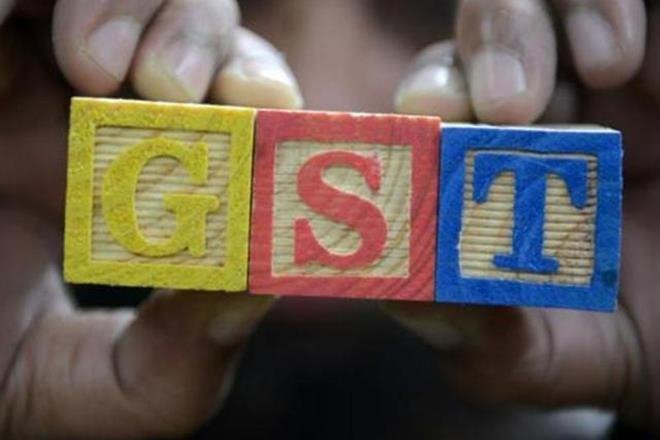GST rates: Till this announcement is made, no amount of preparation by industry will be adequate
The Financial Express
By
March 8, 2017 5:06 AM
Against the backdrop of the crucial UP elections, the government doesn’t seem to be losing sight of the biggest tax reform—the GST.

The tempo has been maintained by successive meetings of the GST Council where crucial concepts are finalised and the demands of the states significantly addressed.
Against the backdrop of the crucial UP elections, the government doesn’t seem to be losing sight of the biggest tax reform—the GST. The tempo has been maintained by successive meetings of the GST Council where crucial concepts are finalised and the demands of the states significantly addressed. Based on the news reports, it appears that in the recently-concluded 11th meeting of the GST Council, all 26 demands of the states were fulfilled. As we come closer to the resumption of the budget session of Parliament, the CGST and the SGST Bills are ready to be tabled, having obtained the green signal from the Cabinet.
There were 15 main features of the Bills that were finalised by the GST Council. One of these is state-wise single registrations for all payers. Given the intricacies and scale of operations, many sectors, including banking and telecom, were hoping for only one registration, at the central level. This seems to be a lost cause now and industry must gear up to work on getting systems ready for all-states compliance structures.
Another significant feature, relating to the threshold for payment of GST, has been agreed upon. Businesses with an annual turnover of less than R20 lakh (R10 lakh for Northeastern states) need not register—although they may voluntarily opt to do so to become taxpayers and avail of the input tax credit chain. This brings much-needed clarity for small dealers, and they will need to evaluate their positions and make quick decisions to avoid losing out to organised sector competitors.
Admissibility of input tax credit on all goods and services ‘used in the course of business’ is also a key feature which has been agreed upon. Much of the litigation on service tax and VAT laws today is centred around admissibility of credit on goods and services. Even the many judicial precedents haven’t put the question to rest, as every case has been decided on the merits of its own facts. Consequently, this gives rise to long litigation, at cost of valuable working capital. The Bills cleared by the GST Council, though aimed at doing away with +cascading effect of taxation in India, still require the assesse to prove that goods and services are ‘used for business’.
Some relief that the Bills provide is likely to have a favourable impact on exports—the GST Council has mandated that 90% of refund claimed by exporters must be granted within 7 days of filing. Similarly, agriculturists, too, can heave a sigh of relief as no GST will be levied on their produce.
The drafts cleared by the latest meeting of the GST Council has retained the anti-profiteering provisions. Strong representations were made against such inspector-Raj provisions when they were introduced in the second GST Draft Bill November last year. Foreseeable lack of clarity while implementing these clauses was one of the major reasons that led to an overwhelming opposition to this move. It appears that the tax authorities have been provided with unprecedented power to examine every aspect of the pricing mechanism to ensure the positive effects of GST are passed on to the ultimate consumer. It needs to be seen if the fineprint provides for a workable mechanism that, on the one hand, does not alienate industry and, on the other, also takes care of consumer-interest\inflation.
The government has kept up the momentum by taking significant strides towards timely implementation. However, the most important issue, i.e., rates for goods\services is far from being resolved. Though the four-rate structure of the GST has already been announced, industry is waiting for the specific rates for sectors and segments to be announced. The service sector hopes for a single rate that may be more than the current 15%, though there are tell-tale signs of more than one rate being announced (luxury, standard and basic). For goods, especially FMCGs and multi-product businesses, the rates are crucial to arrive at critical structuring decisions not only of transactions but also of internal regulatory and compliance decisions.
No amount of preparation for the GST will seem complete until rates are announced. In addition, the announcement of 20% peak rate has added to the confusion and speculations are rife on the immediate inflation. Despite the mystery on rates, the recent progress by the GST Council and the government’s vigour makes July 2017 an achievable target.
The author, Rashmi Deshpande, is associate partner, Khaitan & Co. Views are personal